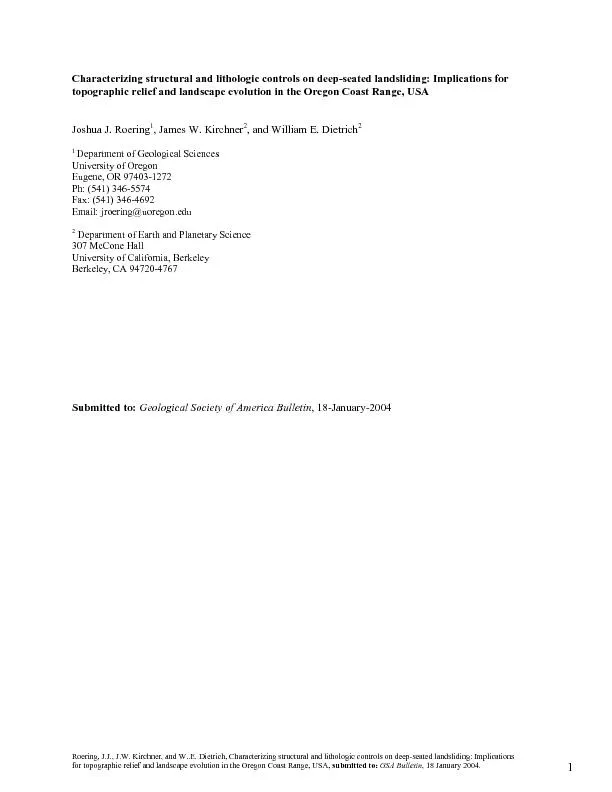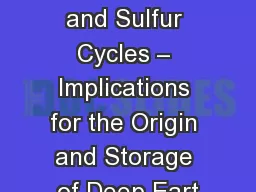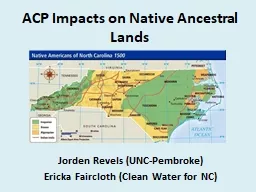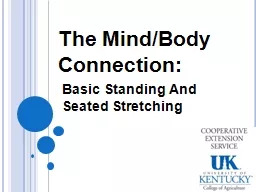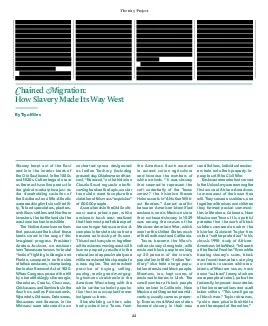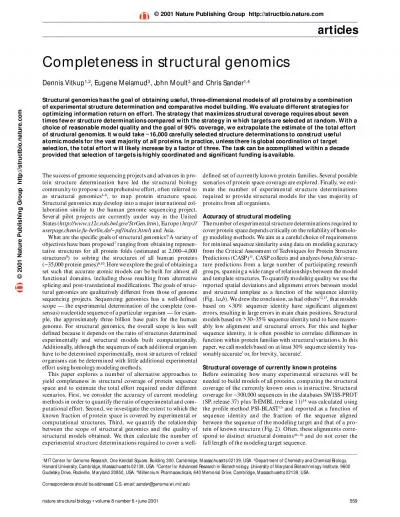PDF-Characterizing structural and lithologic controls on deep-seated lands
Author : mitsue-stanley | Published Date : 2016-05-26
Joshua J Roering 1 James W Kirchner 2 2 1 Department of Geological Sciences University of Eugene OR 974031272 Ph 541 3465574 Fax 541 346 Email jroering uoregonedu
Presentation Embed Code
Download Presentation
Download Presentation The PPT/PDF document "Characterizing structural and lithologic..." is the property of its rightful owner. Permission is granted to download and print the materials on this website for personal, non-commercial use only, and to display it on your personal computer provided you do not modify the materials and that you retain all copyright notices contained in the materials. By downloading content from our website, you accept the terms of this agreement.
Characterizing structural and lithologic controls on deep-seated lands: Transcript
Download Rules Of Document
"Characterizing structural and lithologic controls on deep-seated lands"The content belongs to its owner. You may download and print it for personal use, without modification, and keep all copyright notices. By downloading, you agree to these terms.
Related Documents

